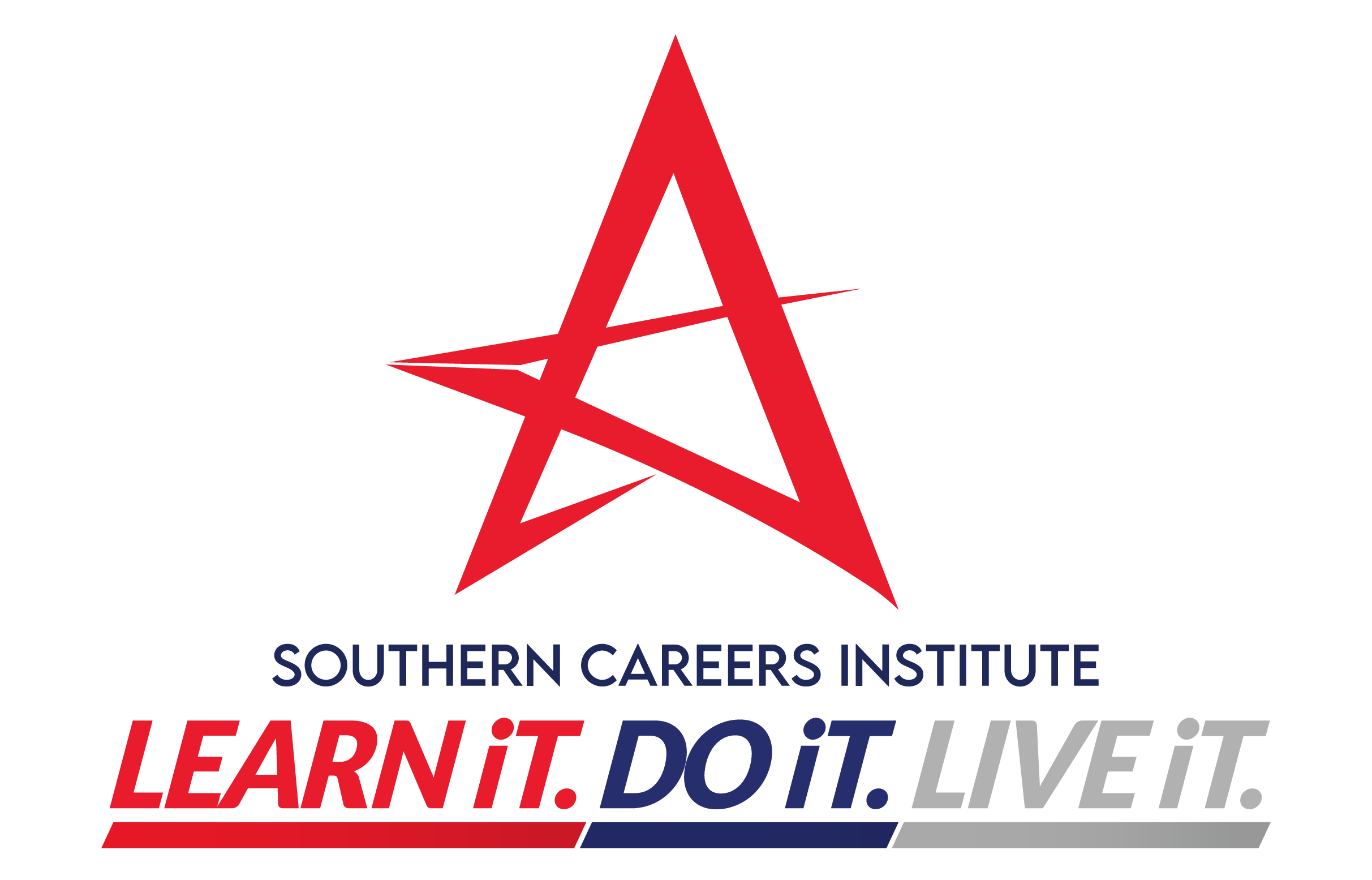While many people think of careers in healthcare as being a doctor, nurse, or another occupation that requires eight or more years of schooling, there are hundreds of jobs that require significantly less training. In this paper we will discuss:
- Benefits of medical careers that don’t require an MD
- How to build a medical career pathway in less than a year
- How to optimize your medical career
Benefits of medical careers with minimal training
Contrary to popular belief, many essential jobs within the healthcare industry do not require a degree from medical school. These jobs come with many benefits, which include but are not limited to:
- The ability to start your career quickly – Perhaps the biggest advantage to choosing a medical career that you can train for in less than a year is the ability to start your career quickly. Where some medical careers require close to eight years of training, being able to train and begin a career in a year is life changing in terms of long-term goals.
- Less debt – With a shorter training period comes a smaller investment in learning. While medical careers that require a degree from medical school might earn a higher salary, they also have a lot more debt to pay off. In fact, the average medical student accumulates $241,600 in total student loan debt over the course of their years in school (Hanson 2021). Many shorter programs are less expensive and come with different financial aid opportunities to ensure the cost stays as low as possible.
- The freedom to change careers – After spending years training for a medical career, one might decide that it’s not the career for them. If they had invested in almost a decade of school, the decision to change careers might be more difficult. However, with a shorter training program, there is a sense of freedom granted in changing careers. Whether you decide to change your career and train for a medical career or you realize a medical career is not for you, the pressure to stay on the career path is lighter than if you were to commit to years of schooling.
- Flexibility – Many of these careers offer a full-time, stable career, but do not ask for more than 40 hours a week. While hospitals run longer hours, many medical practices operate within functioning business hours, so it is likely that your career will fall within standard 9AM-5PM hours. This model is ideal for candidates with responsibilities outside of work, such as children, or for candidates who want to secure a very consistent work to life balance.
Starting a medical career in less than a year
There are many different pathways one can take in order to start a medical career. To do it in less than a year, however, a typical pathway might look something like this:
Choose a career section – The first step in choosing your medical career pathway – or any career pathway, is to decide what exactly you would like to do. Since there are many medical careers to choose from, it might feel overwhelming to narrow it down to one. To make it easier, start by assessing and choosing which service pathway you’d like to go down: Diagnostic Services, Therapeutic Services, Health Informatics, or Support Services.
- Diagnostic services – Diagnostic services include any jobs that relate to evaluation and testing that help with diagnosis, detection, and treatment of different diseases. Usually, the training for these services involves learning how to use special equipment to perform a specific task. Some occupations that fall under this category are Phlebotomy, Radiology Technician, EKG Technician, or an Ultrasound Technician.
- Therapeutic services – Therapeutic services focus more on working directly with patients. With a job like this, you will provide patient support, care, treatment, or counseling with the goal of improving a patient’s status. Jobs that fall under therapeutic services are a Certified Nurse Assistant (CNA), Paramedic, Anesthesiologist, or Pharmacy Technician.
- Health Informatics – If jobs that focus more on administrative work appeal to you, then Health informatics might be the pathway to follow. This pathway is focused on managing things like patient information. Health informatic jobs include Medical Administrative Assistant, Medical Billing and Coding, and Health Care Administrator.
- Support services – Last, but certainly not least, are support services. Support service jobs are necessary to ensure any medical practice runs smoothly. These people work less with patients directly and more behind the scenes to piece everything together. Support service jobs include Medical Librarian, Dietary Technician, and Health Educators.
Find a training program that works for you – Once you decide what career pathway to pursue, the next step is finding a training program that works best for you. Depending on the path chosen, you may be able to choose between a program that meets in-person or an online program. For training that requires hands-on experience, however, online classes may not be an option. The second part of choosing a training program is finding a program that fits the time frame in which you would like to start your career. For example, many medical assistant programs can be completed in 9 months, however, under some community colleges they may take 2 years. So, in order to start the career in less than a year, you might want to find a program that trains specifically for the job you want.
Interview for jobs – Unfortunately, having the training is not enough for you to get a job. The interviewing process is sometimes the most tedious part of starting a new career. While some medical training programs may offer externships that help you get your foot in the door with medical offices, not every externship will lead to a hire. To prepare for the interview process, you should make sure your LinkedIn profile is up to date, and you are an active participant on the platform. Starting this process while you are in the training program will help you prepare for the job application process so that by the time you’re finished with the training, you can find a job in no time and start working in the medical field in less than a year from when you started training.
SCI
Southern Careers Institute offers a variety of different programs that train students in different tasks to prepare them to sit for different medical certifications in Texas. With eight campuses in Texas along with online programs, it is SCI’s mission to provide employer-tailored programs to students. To learn more about the programs, start dates, and financial aid, click here.
References
Dowell, Earlene K.P. “Health Care Still Largest U.S. Employer.” United States Census Bureau.
14 Oct. 2020. https://www.census.gov/library/stories/2020/10/health-care-still-largest- united-states-employer.html
Hanson, Melanie. “Average Medical School Debt.” Education Data Initiative. 9 Dec.
2021. https://educationdata.org/average-medical-school-debt










